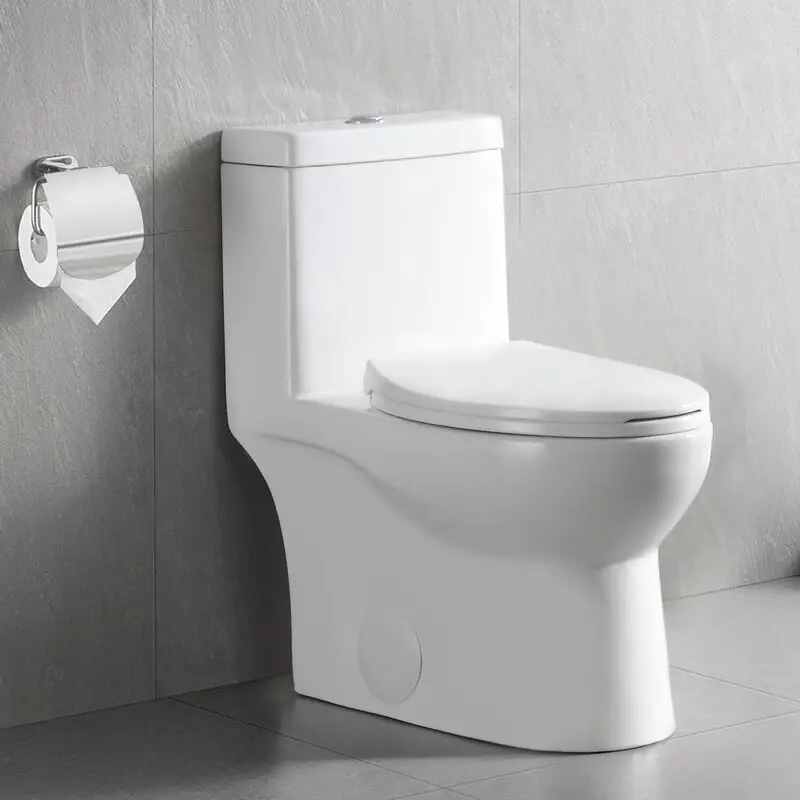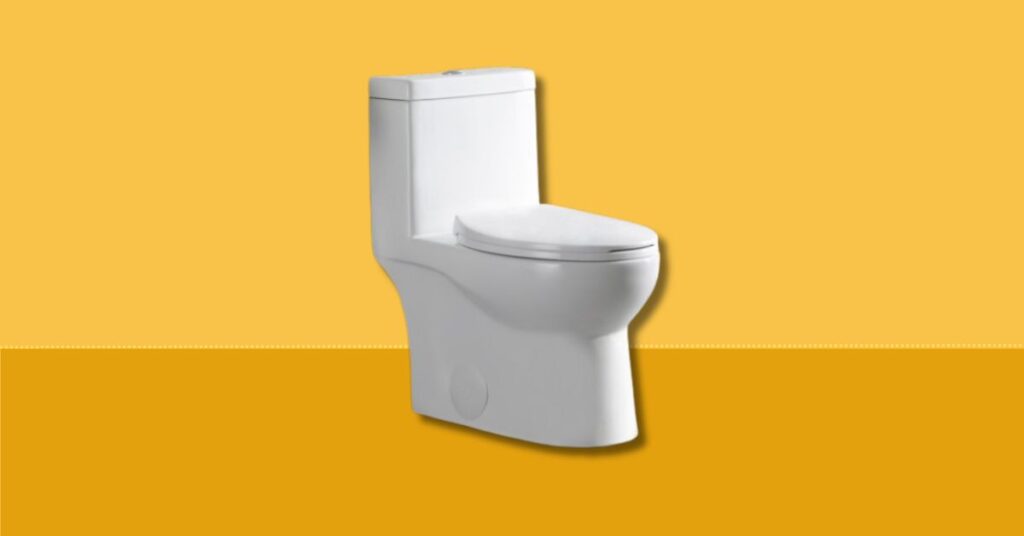Choosing a toilet involves more than just aesthetics; understanding the weight of a porcelain toilet is crucial.
In this article, we’ll unravel the factors influencing porcelain toilet weight, explore standard weight ranges, delve into installation considerations, and weigh the environmental implications of your porcelain thorne.
So, let’s embark on a journey to discover how much does a porcelain toilet truly weighs.
Standard Weight Range for Porcelain Toilets

When it comes to toilet weight, what’s considered normal? Let’s discuss the average porcelain toilet weights, variations based on design and brand, and the spectrum between ultra-lightweight and heavy-duty options in the market.
Average Weight for Traditional Porcelain Toilets
On average, a standard porcelain toilet can weigh anywhere from 80 to 120 pounds. This includes the bowl, tank, and seat. However, these are general figures, and actual weights may vary based on the specific model and brand.
Weight Variations Based on Design and Brand
Different toilet designs and brands have their own weight characteristics. Sleeker, modern designs might be more lightweight, while traditional or heavy-duty options can tip the scales on the higher end. It’s essential to check the product specifications to get an accurate understanding of the weight before making a purchase.
Ultra-lightweight and Heavy-duty Options
For those concerned about installation or with specific bathroom requirements, there are ultra-lightweight toilets available. On the other hand, heavy-duty models may be preferred for commercial spaces or those looking for long-lasting durability.
Factors Influencing Toilet Weight
Ever wondered why porcelain toilets vary in weight? Let’s break down the factors, from material composition to size and additional features, influencing the scale when it comes to these bathroom essentials.
Material Composition of Porcelain Toilets
Porcelain toilets, the staple of most bathrooms, come in various weights primarily determined by their material composition. The porcelain used is typically a mix of clay and other materials, contributing to both the durability and weight of the fixture.
Understanding the blend of materials is crucial, especially for those seeking a balance between sturdiness and easy maintenance. Generally, toilets made from high-quality porcelain tend to have a bit more heft.
Size and Dimensions of the Toilet
The physical size of the toilet plays a significant role in its overall weight. Whether you opt for a compact round bowl or an elongated design, expect variations in weight. Larger toilets often weigh more due to the additional materials required for a larger footprint.
Consider the available space in your bathroom when selecting a toilet size, ensuring it aligns with both your aesthetic preferences and the load-bearing capacity of your floor.
Additional Features Impacting Weight
Modern toilets aren’t just about flushing and sitting. Many come with additional features like built-in bidets, water-saving mechanisms, or even seat warmers. These added functionalities can contribute to the overall weight, making it essential to factor them into your decision-making process.
Installation Considerations
Installing a toilet involves more than just a wrench and a few bolts. The weight of the toilet can significantly affect the installation process. Lets discuss how the weight of your chosen toilet can make installation a breeze or a challenge.
Impact of Weight on Installation Difficulty
The weight of a toilet can significantly impact the installation process. Heavier toilets may require more effort and expertise during installation, especially if you’re doing it yourself. It’s advisable to consult with a professional if you’re uncertain about handling the weight of a particular model.
Choosing the Right Toilet Weight for Different Floors
Consideration should be given to the location of your bathroom, especially if it’s on an upper floor. Heavier toilets could pose challenges for older buildings or those with weaker floor structures. Consult with a contractor to ensure your chosen toilet aligns with the specifications of your home.
Accessibility Concerns
For households with members who have mobility challenges, the weight of the toilet can impact ease of use. Lighter models may be more suitable for those needing accessible bathroom fixtures.
Environmental Implications
The impact of your choices extends beyond your bathroom walls. Let’s discuss the environmental implications of heavier toilets, exploring the energy and resources involved, and discover sustainable alternatives that lighten the load on our planet.
Energy and Resources in Manufacturing Heavier Toilets
The production of heavier toilets often involves more energy and resources. As environmental awareness grows, individuals are seeking sustainable alternatives with lower ecological footprints. Manufacturers are responding by producing lighter yet durable options, contributing to a greener future.
Sustainable Alternatives and Their Weight Characteristics
Opting for sustainable alternatives doesn’t mean sacrificing quality. Many eco-friendly porcelain toilets are designed to be lightweight without compromising durability. Consider these options to reduce the environmental impact of your bathroom fixtures while enjoying the benefits of modern design and functionality.
Conclusion
In conclusion, the weight of a porcelain toilet is more than just a number on a scale. It influences installation, transportation, and even environmental considerations. By understanding the factors that contribute to toilet weight, you can make an informed decision that aligns with both your practical needs and your commitment to sustainability. So, the next time you’re in the market for a new toilet, consider the weight—because every detail matters in creating a bathroom that meets both your standards and the planet’s.


